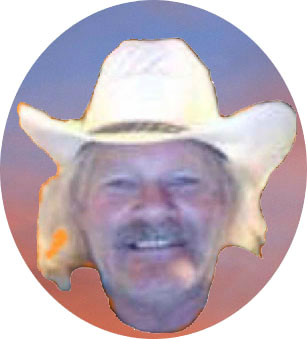|
Distribution
The Barbari goat breed is from the district of Rajasthan, Etah, Agra and Aligarh districts of Uttar Pradesh, and Bharatpur.
Numbers
The total goat population in the Barbari distribution area, according to the 1972 census, was 0,444 m, of which 0,028 m adult males and 0,270 m adult females. Officials of the State Animal Husbandry Department state that Barbari goats true to breed number only about 30000. The breed, quite important for milk and meat, is a dwarf breed highly suited for rearing under restrained and stall-feeding conditions. In addition to being a good milkier, it is highly prolific. Considering the number of animals reported, there is serious need for undertaking conservation measures. It was observed in personal surveys that most males are castrated early in life and fattened for slaughter at religious festivals, and that a sizeable number of non-descript goats are kept for milk production by owners who maintain Barbaris, as all the milk of the latter is allowed to be suckled by their kids to ensure good growth.
Climate
| Average monthly temperature (ºC) |
Average |
Range |
|
minimum |
18.8 |
7.5-28.8 |
|
maximum |
32.3 |
22.2-41.7 |
| Average monthly relative humidity (%) |
|
morning |
62 |
33.3-83 |
|
evening |
43.6 |
20-74 |
| Annual rainfall (cm) |
77.0 |
Breed Characteristics
|
Adult males |
Adult females |
| Body weight |
37.85 |
22.56 |
| Body length |
70.45 |
58.68 |
| Height at withers |
70.67 |
56.18 |
| Chest girth |
75.53 |
64.31 |
Conformation
Small animals, with compact body. The orbital bone is quite prominent, so that eyes appear bulging. There is wide variation in coat color, but white with small light brown patches ,is the most typical. Ears are short, tubular, almost double) with the slit opening in front, erect, directed upward and outward. Both sexes have twisted horns, medium in length and directed upward and backward; horn length: 11.17 cm. Bucks have a large thick beard.
Flock structure
The average flock contains 9.25 individuals (2 to 31 ), of which 0.6 adult males, 5.3 adult females and 3.4 young.
Management and feeding
Stationary. Mostly maintained on browsing and grazing stubble of cultivated crops and tree leaves. Cultivated fodders (e.g. berseem, wheat straw) and grains (e.g. maize, barley, millets) are commonly offered. The animals are generally housed in thatched sheds inside the house. Most males are castrated at ages between 7 to 30 days by the open method, with a blade, and are fattened on milk for slaughter on festive occasions.
Reproduction
|
|
Days |
| Age at first kidding |
648 |
| Kidding interval |
348 |
| Service period |
70 |
| Kidding percentage (%) |
70.2 |
| Litter size: (%) |
|
| Singles |
49.64 |
| Twins |
49.32 |
| Triplets |
1.04 |
| Quadruplets |
|
Mortality
| Pre-weaning |
0.87 |
| Adults |
0.19 |
Mortality
|
Milk |
| Lactation yield (Kg) |
107.120 |
| Lactation length (days) |
150.13 |
|
Meat (kg.) |
| At birth |
1.739 |
| At weaning |
6.661 |
| 6 months |
7.800 |
| 9 months |
12.566 |
| 12 months |
14.517 |
|
Hair (g per year) |
|
|
Reference:
All information and photographs contained here are posted in conjunction and cooperation with Goats in India. For additional information, please visit the Goats in India web site or email Capra@iespana.es.
About the author:

|
About the author: Gary Pfalzbot is a Service Connected Disabled Veteran and the web master of GoatWorld as well as some other web sites. He has raised goats over the years, been involved with 4-H (as a young boy) and currently resides in Colorado where he and his wife Pam raise a few breeds of goats and other animals, and primarily author the GoatWorld web site to continue to inform, educate, and promote the industry.
|
|
|










